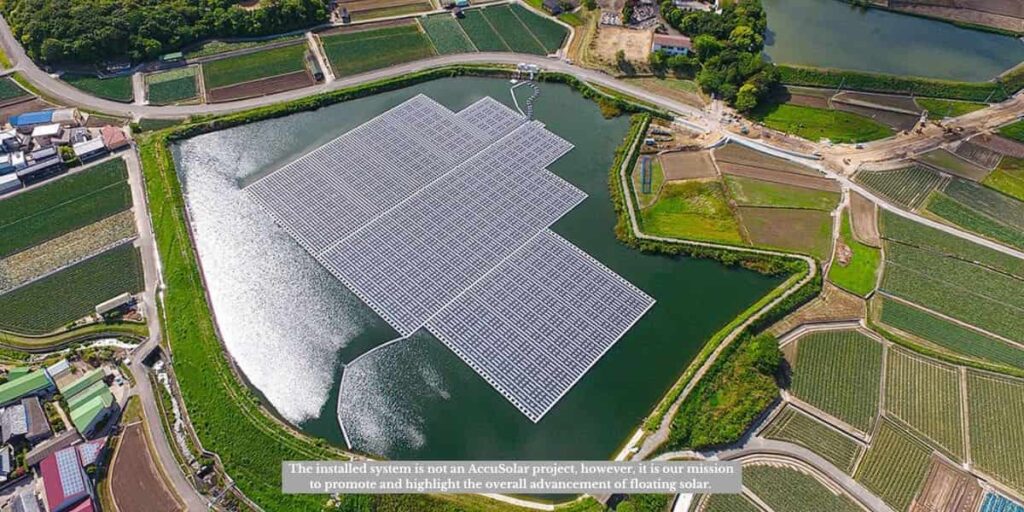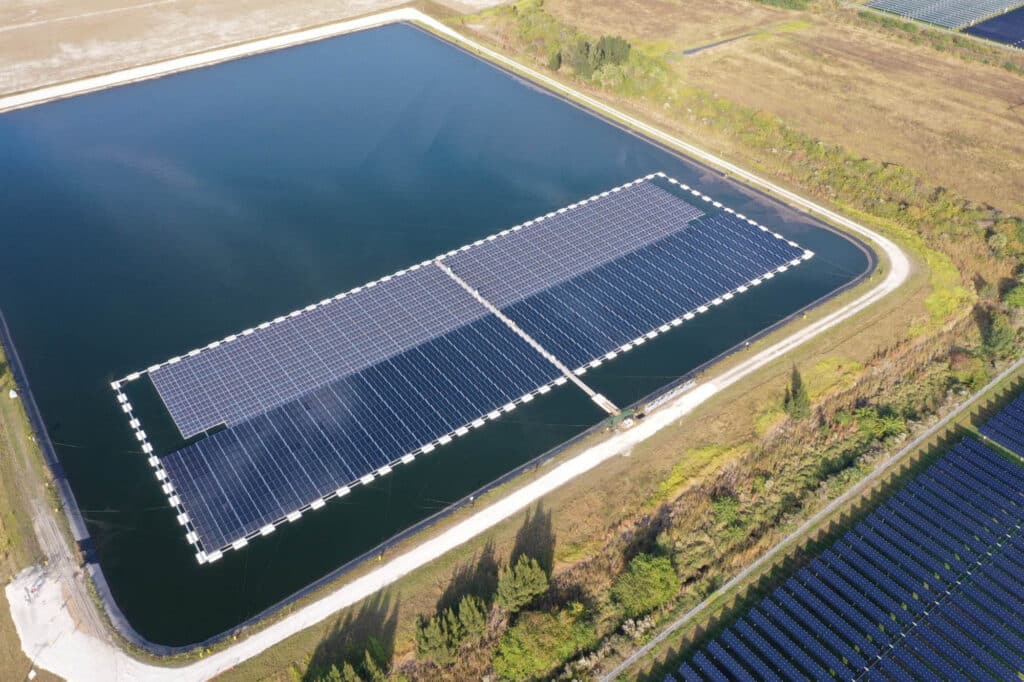The Hidden Key to Floating Solar: Understanding The Bathymetric Profile for Anchoring Placement
When planning the placement of floating solar panels, the underwater landscape is just as important as the above-ground factors. Bathymetric profiles—essentially underwater topographic maps—play a pivotal role in this process by guiding anchoring placement for floating solar systems. These profiles provide detailed insights into the depth and contours of water bodies, directly influencing anchoring methods and locations to ensure optimal performance and safety. Let’s dive into what a bathymetric profile is and why it matters for anchoring placement.
What is a Bathymetric Profile?
A bathymetric profile is a cross-sectional view of a water body’s floor, revealing its underwater topography, including varying depths and slopes. Think of it as the aquatic equivalent of a topographic map, but instead of charting land elevation, it maps underwater depths. These profiles are typically created using specialized sonar technology, which sends sound waves to the bottom of a water body and measures the time it takes for the waves to return. The result? A detailed map highlighting underwater features such as steep drops, gentle slopes, and submerged obstacles—critical information for anchoring floating solar systems.
Why Bathymetric Profiles Matter for Floating Solar Panels
These detailed underwater maps are essential for designing and installing floating solar panels. Accurate depth measurements allow engineers to identify the most suitable anchor points to keep the panels secure, even amid fluctuating water levels.
For instance:
- Shallow Areas: Floating solar systems in these regions risk damage during seasonal water level changes.
- Deeper Areas: These provide greater stability for anchoring, reducing the risk of movement or misalignment.
With AccuSolar’s innovative design, floating solar systems can seamlessly adapt to diverse environments, including traditionally unsuitable locations such as flood zones, retention areas, and drainage ponds. This adaptability not only expands installation opportunities but also empowers businesses to reduce utility costs, optimize water management, and advance their sustainability goals.
Underwater Terrain and Its Impact on Solar Performance
The slope and features of the underwater terrain significantly influence how floating solar panels interact with water currents and weather conditions:
- Flat, Stable Terrain: Minimizes movement, ensuring the panels maintain optimal orientation toward the sun.
- Complex Landscapes: Require customized anchoring solutions to prevent unnecessary movement or tilting, which could compromise energy output.
Bathymetric profiles provide the insights necessary for designing anchoring systems tailored to these diverse underwater environments. By addressing these challenges, floating solar installations can operate efficiently while minimizing environmental disruption.
Achieve Sustainable Energy with AccuSolar
Bathymetric profiles are indispensable for guiding the anchoring placement of floating solar panels. They provide essential data about underwater topography, enabling engineers to choose the safest, most effective anchoring solutions. By harnessing these insights, businesses can achieve optimal solar performance while protecting aquatic ecosystems.
At AccuSolar, we specialize in U.S.-designed and manufactured Floating Solar PV systems that combine versatility, durability, and sustainability. Contact us today to learn how our groundbreaking solutions can help your business embrace renewable energy with minimal environmental impact. Together, we can create a brighter, greener future.





